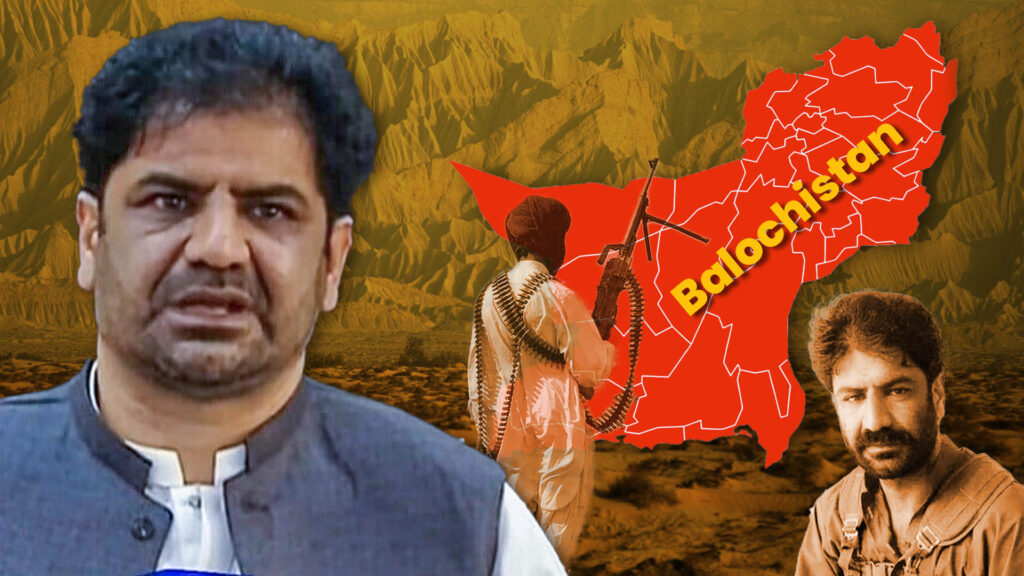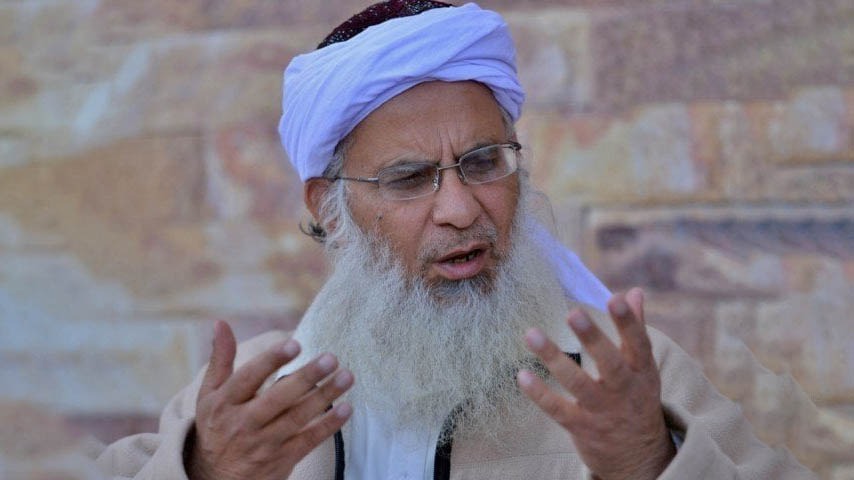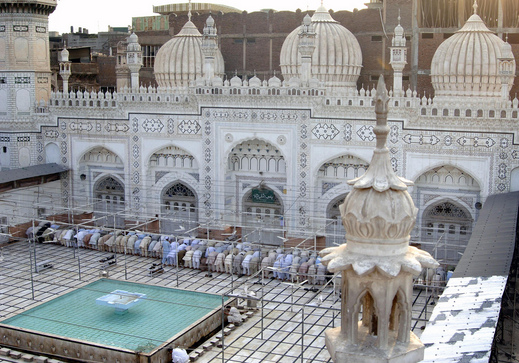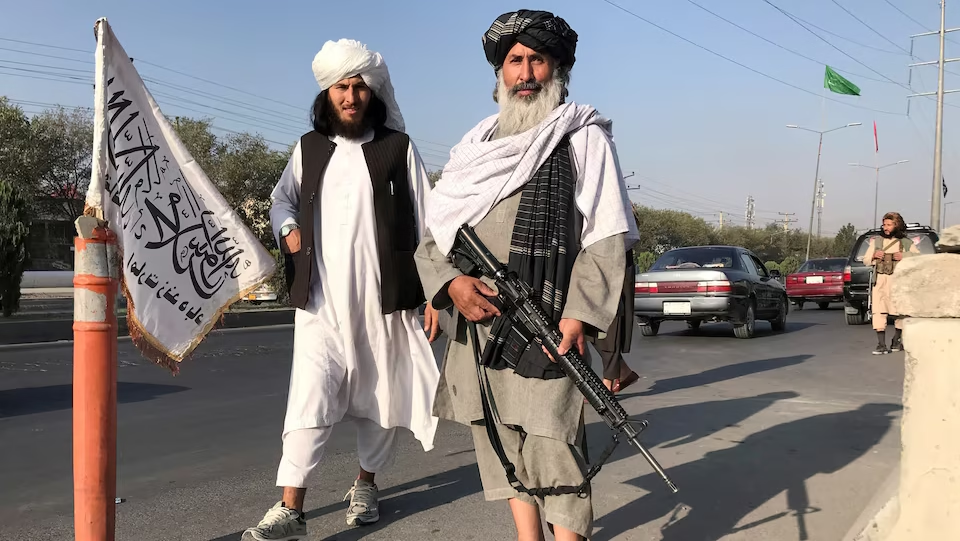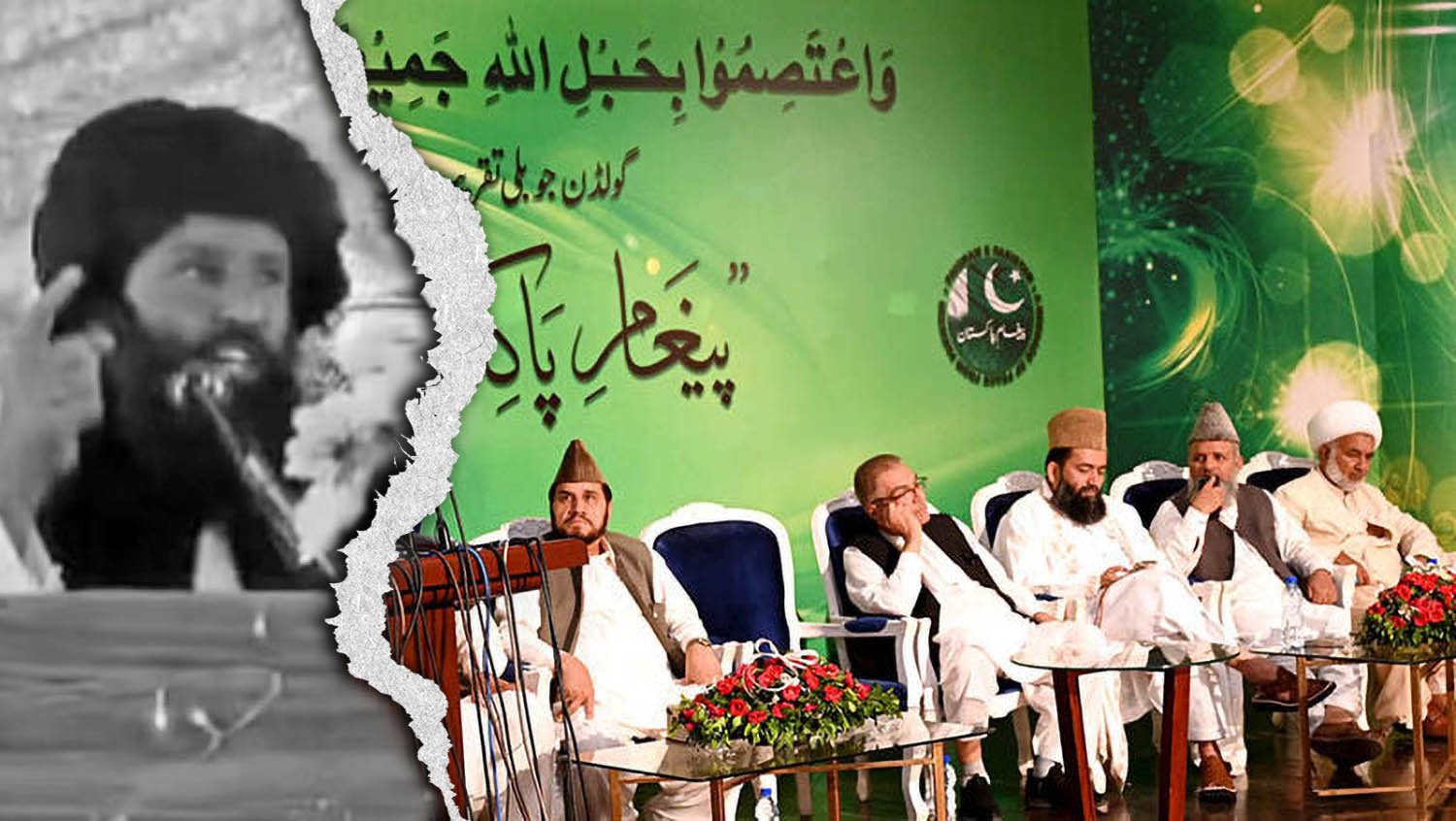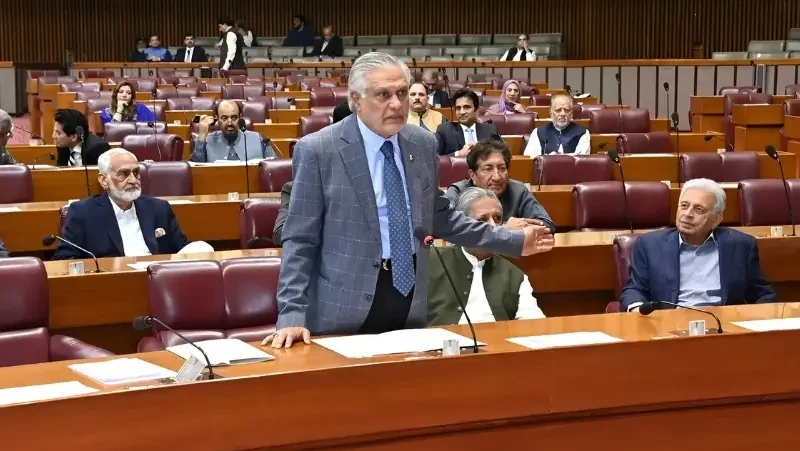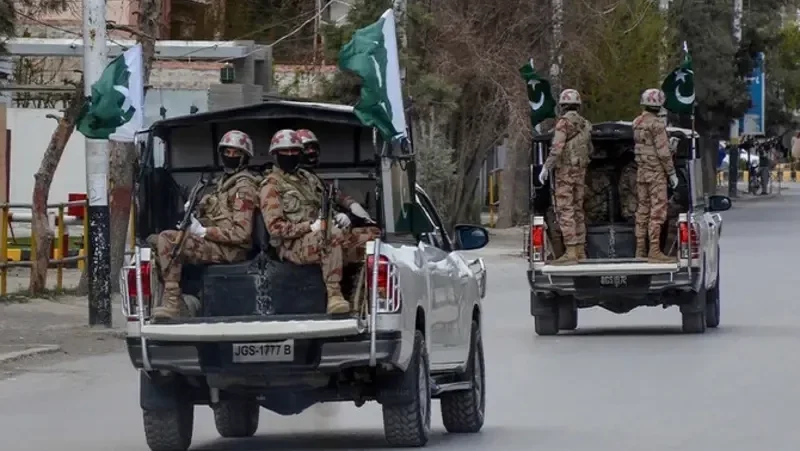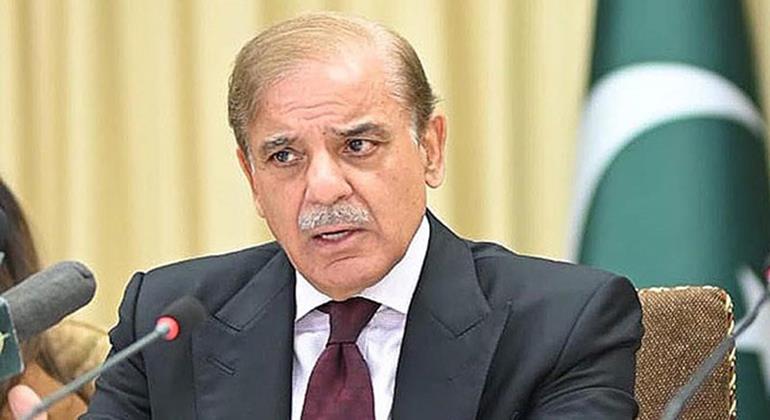For decades, the insurgency in Balochistan has been fuelled by a narrative of deprivation and revenge, trapping the region in violence and distrust. Terrorist groups exploited family ties, cultural symbols, and student organizations to recruit youth, while consistently weaponizing genuine grievances like poverty, enforced disappearances, and underdevelopment to sustain extremism. This relentless narrative fostered anger and mistrust but failed to pave the way for any sustainable solution.
The foundation of this old, violent narrative was recently shaken when Gulzar Imam Shambay, the former commander of the Baloch National Army (BNA), gave an interview to ARY TV. Shambay openly admitted that armed activities have brought nothing but bloodshed, displacement, and despair to the Baloch people. He unequivocally stated that the only way forward is dialogue with the state, rejecting the foreign-backed agenda of violence and pushing innocent citizens onto the streets in the name of resistance. His confession serves as powerful evidence of the complete failure of the extremist ideology these organizations have relied on for so long.
In his interview, Shambay also mentioned Mah-e-Rang Baloch’s father, Mir Gaffar Langove, a close friend of Sardar Khair Bakhsh Marri. Mir Ghaffar Langove was the commander of the Baloch Liberation Army (BLA) in Kalat, responsible for spreading fear and chaos through armed operations in Kalat, Mastung, and Turbat. The greatest casualty of these activities was the ordinary Baloch citizen, who suffered immense human and financial loss.
This bloody legacy is, in part, reflected in Mah-e-Rang Baloch’s current narrative. Rallies and sit-ins in the name of missing persons often appear to be a continuation of the old, terror-driven agenda, veiled in humanitarian and political terms, and frequently sustained by family affiliations rather than a genuine political struggle. Terrorist organizations utilize individuals with such backgrounds as political faces to maintain instability.
Balochistan stands at a crucial juncture. The contrast is clear: terrorist groups continue to mislead new generation by repeating old narratives, whether through armed actions in the mountains or protest sit-ins in cities. Yet, figures like Gulzar Shambay, who were once part of the armed struggle, now acknowledge its failure.
When even the architects of extremism admit that the solution lies only in dialogue and peace, the Baloch public must liberate itself from the separatist legacy. Real issues like unemployment, education, health, and missing persons can only be resolved through democratic and political means but not through bloodshed.
The extremist narrative only deepens the public’s wounds instead of healing them. The future lies in reconciliation, not rebellion. Leaders like Mir Hazar Khan Marri, a prominent figure in the armed struggle, eventually reached the same conclusion: politics and conciliation with the state, not the gun, are the true solutions. Renowned journalist Amar Masood echoes this sentiment in his book, From Resistance to Reconciliation, stating that serious Baloch leaders understand that the sustainable path is through politics, peace, and engagement with the state. Now is the time for the Baloch people to reject this violent inheritance and embrace the path of peace and progress.

